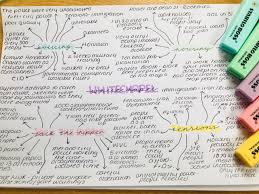Types of attachment (strange situation)
Cards (17)
- What environment enabled ainsworth to investigate the secure base concept?
- State behaviours observed by infants with secure attachment in the SS
- State behaviours observed by infants with insecure resistant attachment in the SS
- What percentage of infants were secure in SS?
- What percentage of infants were avoidant in SS?
- What percentage of infants were resistant in SS?
- How many infants were observed in the strange situation?
- outline what is meant by secure attachment
- outline what is meant by insecure avoidant
- outline what is meant by insecure resistant
- Two disadvantages of the SS?
